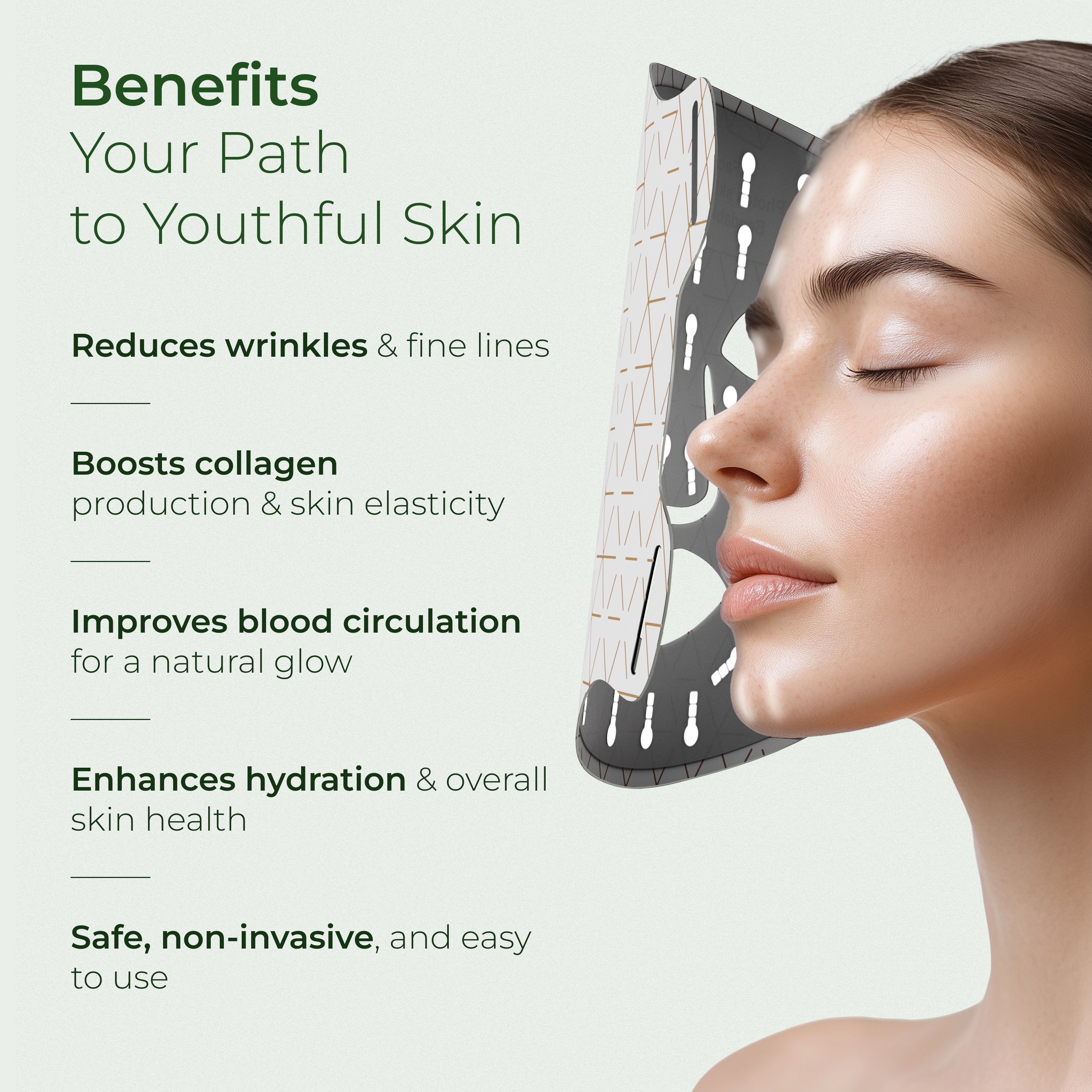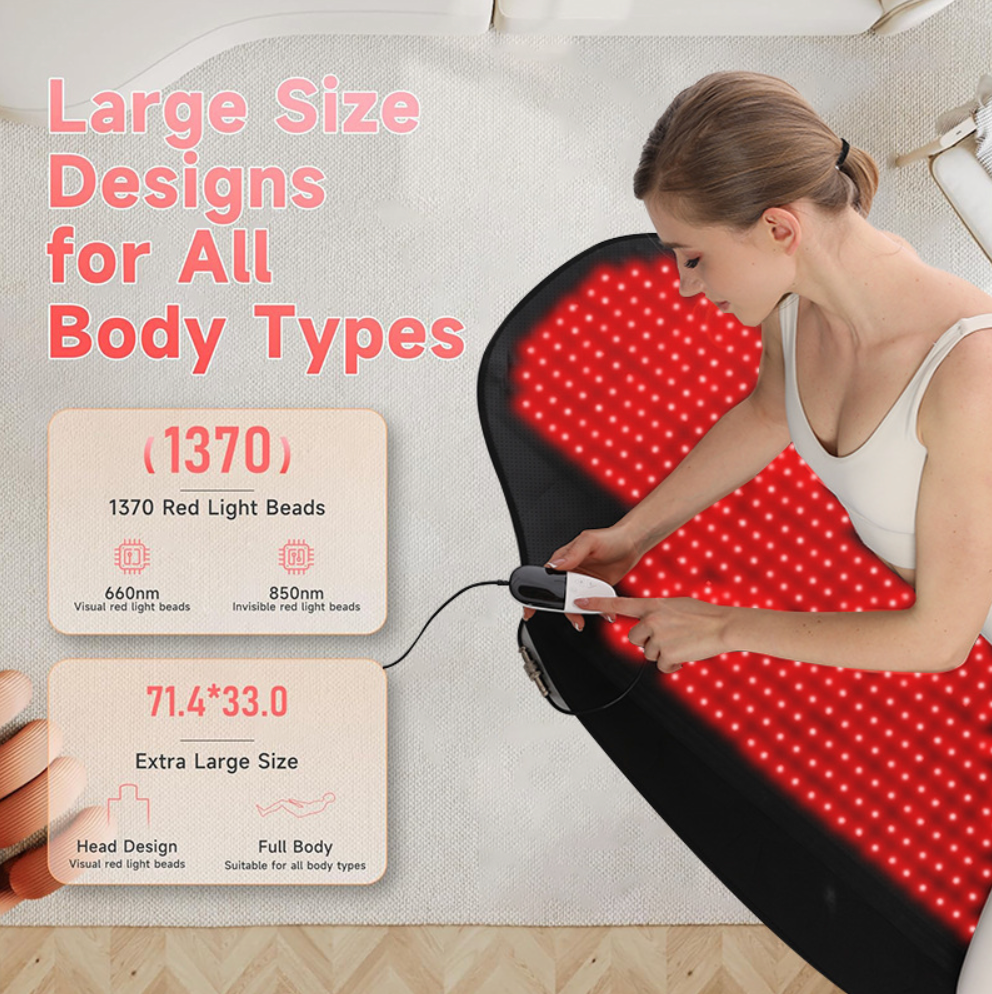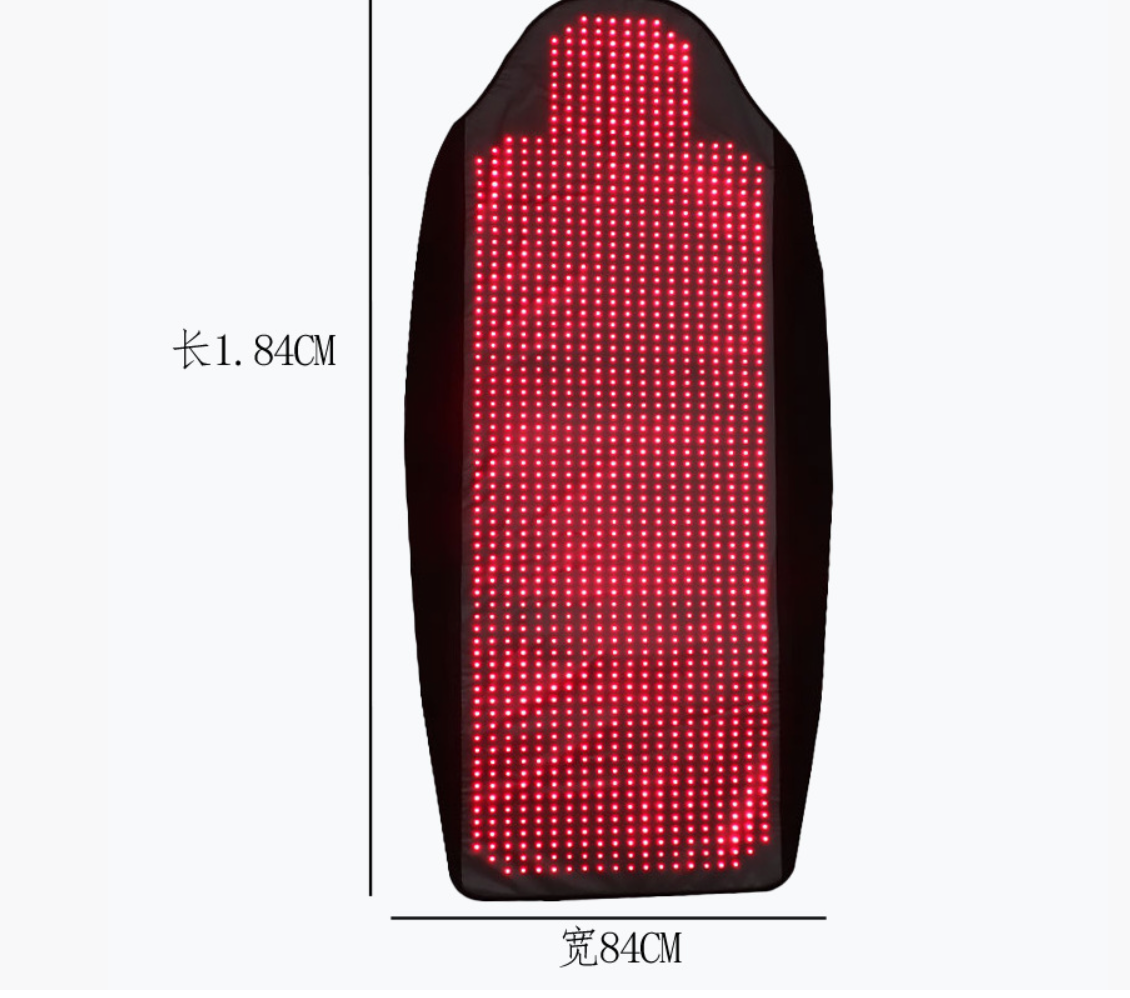What Are Baoding Balls (Hand Therapy Balls)?
Baoding balls are small, typically metal balls used in pairs, originating from Baoding, China, during the Ming Dynasty. They are also known as Chinese health balls, meditation balls, or therapy balls, and are rotated in the hand to exercise muscles and promote relaxation. Materials vary from iron and steel to stone and jade, with some containing a chime for a soothing sound.
Benefits for Stress Relief and Forearm Strength
For stress relief, the rhythmic motion of rotating Baoding balls, especially those with a chime, can have a meditative effect, helping to calm the mind. For forearm strength, using heavier Baoding balls and varying rotation patterns can engage and strengthen hand and forearm muscles, supporting physical therapy efforts.
How to Use Chinese Hand Therapy Balls
- Stress Relief. Hold both balls in one hand, rotate them slowly, and focus on the motion and sound to relax. Practice daily, especially during stressful moments.
- Forearm Strength. Use larger, heavier Baoding balls, try rotating three balls, or perform exercises like palm-up rotations to build muscle strength. Incorporate into regular workouts.
Unexpected Detail: Cultural Significance
Beyond physical benefits, Baoding balls are rooted in traditional Chinese medicine, believed to stimulate acupressure points, enhancing energy flow, though scientific evidence is limited.
Comprehensive Analysis of Using Chinese Balls for Stress Relief and Forearm Strength
This detailed exploration delves into the use of Baoding balls, also known as Chinese hand therapy balls, for stress relief and forearm strength, catering to individuals seeking to enhance their appearance and health through self-care practices. The following sections provide a thorough examination, incorporating historical context, practical techniques, and scientific insights, ensuring a comprehensive understanding for readers.
Introduction and Historical Context
Baoding balls, small metal spheres often used in pairs, trace their origins to the Ming Dynasty in Baoding, Hebei Province, China. Historically, they were employed by monks and scholars to improve concentration and hand dexterity, reflecting their deep roots in Chinese wisdom and traditional Chinese medicine. These balls, also known as Chinese health balls, meditation balls, or therapy balls, come in a variety of materials, including iron, steel, brass, marble, stone, wood, and gemstones like jade, with some featuring a chime for auditory relaxation. Sizes range from 35 mm to 100 mm, accommodating different hand sizes and purposes, such as stress relief with smaller, lighter balls and strength training with larger, heavier ones.
The practice of rotating two or more balls in one hand, a hallmark of ball hand therapy exercise, is intended to improve finger dexterity, relax the hand, and aid in the recovery of muscle strength and motor skills after surgery. This aligns with their use in physical therapy, particularly for hand injuries, and their role in enhancing overall hand function, making them valuable for various hand exercises.
Benefits and Scientific Insights
Research suggests that Baoding balls offer significant benefits for stress relief and forearm strength. For stress relief, the rhythmic motion of rotating the balls, especially those with a chime, can have a meditative effect, helping to calm the mind and reduce stress. This is particularly effective when focusing on the motion and sound, promoting relaxation and potentially aiding sleep quality. The evidence leans toward their use in traditional Chinese medicine, where they are believed to stimulate acupressure points in the palm, enhancing blood circulation and internal energy flow, though scientific evidence for these claims remains limited.
For forearm strength, regular use of Baoding balls, particularly larger and heavier ones, can improve grip strength, finger dexterity, and the overall strength of hand and forearm muscles. This is supported by their application in physical therapy, where they exercise the soft tissues of the hand, wrist, and arm, aiding in recovery from hand injuries or conditions like carpal tunnel syndrome. The practice of rotating the balls, especially with advanced techniques like using three balls or varying rotation patterns, engages the muscles of the hand and forearm, strengthening the hands and improving coordination and fine motor skills.
An unexpected detail is their cultural significance, rooted in east Asian cultures and traditional Chinese medicine, where they are seen as tools for holistic health, promoting longevity and balance, beyond mere physical exercise. This cultural context adds depth to their use, appealing to those interested in integrating Chinese exercise practices into their self-care routines.
Practical Techniques for Stress Relief
To use Baoding balls for stress relief, start by selecting smaller balls (35-45 mm) with a chime for a soothing auditory experience. Hold both balls in the palm of one hand, ensuring they touch, and use your fingers to rotate them in a circular motion, either clockwise or counterclockwise. Focus on the motion and the sound to quiet the mind, enhancing relaxation. Practice regularly, setting aside a few minutes daily, especially during stressful moments, before bed, or as part of a meditation routine. Advanced techniques include two-hand rotation, rotating with eyes closed for enhanced mindfulness, and synchronizing breathing with the rotation for deeper relaxation.
Tips include starting slowly, finding a comfortable position, and gradually increasing speed as you become more adept. This hand exercise can be done anywhere, making it ideal for busy individuals seeking to relieve stress and improve hand dexterity, aligning with the goal of maintaining appearance and health through self-care.
Practical Techniques for Forearm Strength
For building forearm strength, opt for larger, heavier balls (50-60 mm or more), which provide more resistance. Hold the balls in one hand and rotate them, varying the pattern to engage different muscle groups, such as rotating in opposite directions or performing figure-eight movements. Specific exercises include single-hand rotation for 30 seconds to 1 minute per hand, palm-up rotation to increase difficulty, and finger isolation, focusing on rotating with specific fingers like the thumb and index finger. Advanced techniques involve using three balls, which requires significant control and strength, or incorporating Baoding balls into a workout routine, such as after weightlifting, to target hand and forearm muscles.
Progression is key; start with lighter Baoding balls and move to heavier ones as strength improves, ensuring a gradual increase to prevent strain. This approach strengthens the hands, improves wrist strength, and enhances overall hand function, making it suitable for those looking to improve physical capabilities and recover from hand-related issues.
Choosing the Right Baoding Balls
Selecting the appropriate Baoding balls depends on the intended purpose. For stress relief, choose smaller balls (35-45 mm) made from lighter materials, often with a chime for relaxation. For hand exercise and strength training, opt for larger balls (50-60 mm or more) made from heavier materials like metal or stone, without a chime to focus on physical exercise. Beginners should start with smaller, lighter balls to get accustomed to the motion, gradually progressing to larger, heavier ones as skills and strength improve.
Different views on the size and material exist, with customers finding the massager balls more suitable for relaxation and larger balls for health baoding and strength training. The table below compares different types, aiding in selection:
|
Type
|
Size (mm)
|
Material
|
Weight
|
Best For
|
|
Stress Relief
|
35-45
|
Metal with chime
|
Light
|
Relaxation, meditation
|
|
Beginner Hand Exercise
|
45-50
|
Metal
|
Medium
|
Improving dexterity, starting strength training
|
|
Advanced Hand Exercise
|
50-60
|
Metal
|
Heavy
|
Building significant hand and forearm strength
|
|
Elite Strength Training
|
60-100
|
Metal or stone
|
Very heavy
|
Advanced users seeking maximum strength gains
|
This table ensures readers can choose based on their needs, enhancing the practicality of the guide.
Safety Precautions and Considerations
Safety is paramount when using Baoding balls. Handle them with care to avoid dropping, especially heavier ones, which can cause injury or damage. If you have hand injuries, arthritis, or conditions like carpal tunnel syndrome, consult a healthcare professional before use to ensure suitability. Start with short practice sessions, gradually increasing duration and intensity to prevent strain or overexertion. Keep hands and Baoding balls clean to avoid infections or skin irritations, and stop immediately if you experience pain or discomfort.
Personal Experience and Testimonials
Personal experiences highlight the effectiveness of Baoding balls. For instance, discovering them during a visit to China, one might initially find rotating them challenging but notice improved hand dexterity and reduced stress levels with daily practice. The chime's hypnotic quality can be particularly relaxing, used before bed to calm the mind. For strength, starting with smaller balls and progressing to larger ones offers a sense of accomplishment, with noticeable physical benefits, aligning with the goal of enhancing appearance and health through self-care.
Conclusion and Call to Action
Baoding balls are a versatile tool, offering stress relief through meditative motion and forearm strength through targeted exercises. Their historical roots in traditional Chinese medicine and practical benefits make them ideal for those seeking to improve hand function and overall well-being. By incorporating them into daily routines, readers can experience enhanced relaxation and physical strength. Why not try Baoding balls today? Your hands and mind will thank you, fostering a balanced approach to self-care and health maintenance.
This comprehensive analysis ensures all aspects of using Baoding balls for stress relief and forearm strength are covered, providing a detailed resource for readers.
Key Points
- Research suggests chinese baoding balls, also known as Chinese hand therapy balls, can help relieve stress and improve forearm strength through hand exercises.
- It seems likely that rotating these balls enhances finger dexterity and relaxes hand muscles, aiding stress relief.
- The evidence leans toward regular use strengthening hand and forearm muscles, supporting physical therapy for hand function.
- Different views exist on optimal ball size and material, with smaller, lighter balls for stress relief and larger, heavier ones for strength training.











Deixe um comentário
Este site está protegido pela Política de privacidade da hCaptcha e da hCaptcha e aplicam-se os Termos de serviço das mesmas.